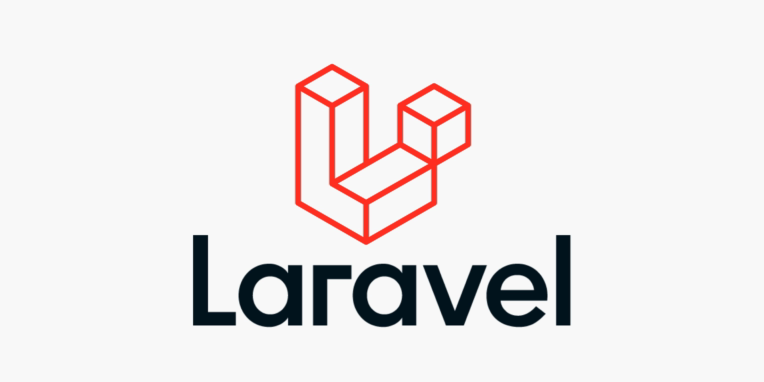Laravel is an open-source PHP web application framework known for its elegant syntax and powerful features. It was created by Taylor Otwell and first released in 2011. Laravel has gained widespread popularity within the PHP development community due to its developer-friendly approach, robust toolset, and extensive documentation.
Here are some key features and concepts associated with Laravel:
- Eloquent ORM: Laravel includes an Object-Relational Mapping (ORM) called Eloquent, which simplifies database interactions. You can define models that correspond to database tables and use Eloquent to query and manipulate data.
- Blade Templating Engine: Laravel uses the Blade templating engine, which provides a clean and expressive way to create views. Blade templates are compiled down to plain PHP code, resulting in efficient, performance-oriented views.
- Artisan Console: Laravel includes a command-line tool called Artisan, which helps automate common tasks such as generating boilerplate code, running migrations, and managing application assets.
- Routing: Laravel provides a simple and expressive way to define application routes. Routes can be configured in the
routes/web.phpandroutes/api.phpfiles. - Middleware: Middleware allows you to filter HTTP requests that enter your application. Laravel includes several built-in middleware for tasks like authentication, CSRF protection, and more. You can also create custom middleware.
- Authentication and Authorization: Laravel simplifies user authentication with built-in methods and controllers. It also provides mechanisms for role-based access control and authorization.
- Database Migrations and Seeding: Laravel’s migration system lets you version control your database schema. You can also use seeders to populate database tables with initial data.
- Dependency Injection and IoC Container: Laravel uses a powerful Inversion of Control (IoC) container that facilitates dependency injection. This makes it easy to manage class dependencies and write testable code.
- Validation: Laravel provides a comprehensive validation system for validating user input and forms. It includes a wide range of validation rules and custom validation options.
- Task Scheduling: Laravel’s task scheduler allows you to schedule tasks to run at specified intervals. It’s useful for automating repetitive tasks within your application.
- Real-time Broadcasting: Laravel supports real-time broadcasting of events and messages using technologies like WebSocket and Redis, making it easy to create real-time features like chat applications.
- Artisan CLI: Laravel’s Artisan command-line interface simplifies common development tasks, including generating code, managing database migrations, and running tests.
- Community and Ecosystem: Laravel has a vibrant and active community. There are numerous packages and extensions available through Composer to extend Laravel’s functionality.
- Security: Laravel takes security seriously and includes features like CSRF protection, encryption, password hashing, and more to help developers build secure applications.
- Laravel Mix: Laravel Mix is a tool for managing asset compilation and minification using Webpack. It simplifies the process of including CSS and JavaScript assets in your application.
Laravel’s documentation is thorough and well-maintained, making it a great framework for both beginners and experienced developers. It encourages best practices and follows the MVC (Model-View-Controller) architectural pattern, which promotes clean and organized code. As well as maintained file structure
Overall, Laravel is a powerful and flexible framework that can be used to develop a wide range of web applications, from simple blogs to complex enterprise-level systems.
for more read our more articles on laravel:
